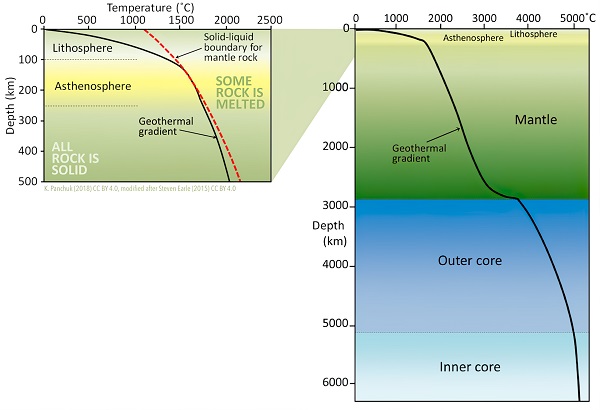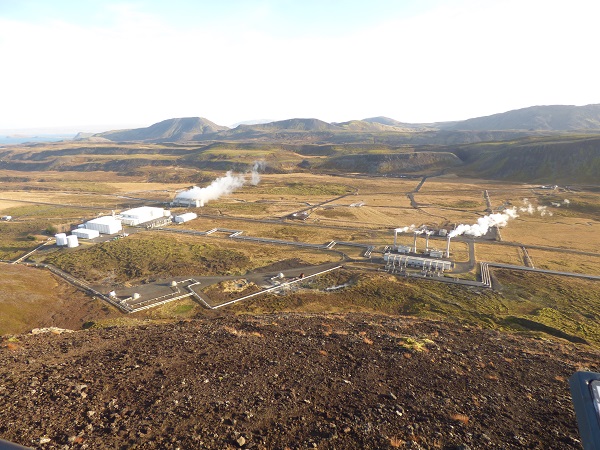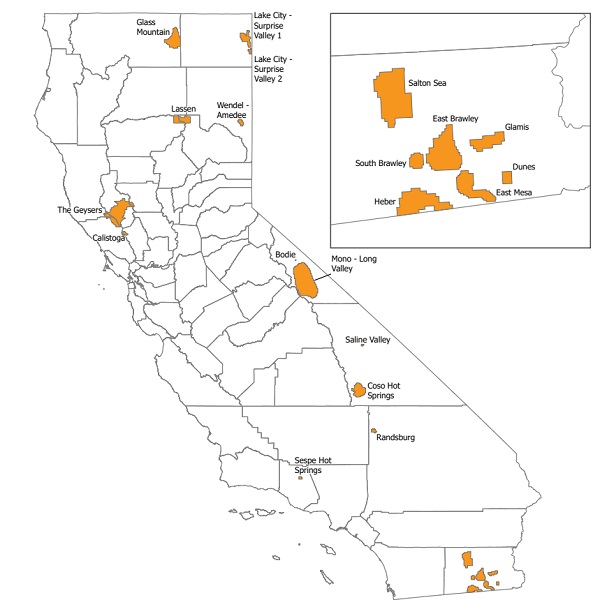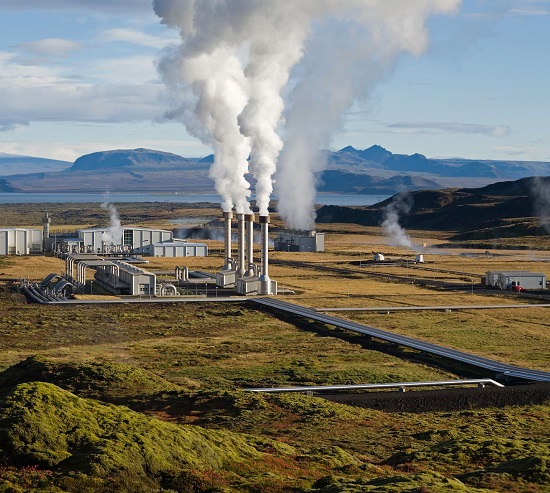Good evening Dr. Zoomie, I’ve got a question for you. I was reading up on geothermal energy and there’s something on the IAEA website that says it can produce radioactive waste. Is this safe to use for my home?
That’s actually a more interesting question than it would appear at first glance. The reason for that gets into geochemistry, the geothermal gradient, and more than a smidgeon of geology as well. Oh – that, and that there are two different technologies with the same name – one version (the one you read about on the IAEA website) is geothermal energy on a grand scale, used to produce power for the grid as well as heating water and warming homes for tens or hundreds of thousand of people. For that one we sometimes have to drill deep, and this is the one that produces what we call NORM (naturally occurring radioactive material). Then there’s a smaller version – what we use to heat and cool homes. This one has some people concerned about radon, but not so much with the NORM. So let’s talk about them to find out how they each intersect with radioactivity. We’ll start with the city-sized version.
Large-scale geothermal energy
The Earth’s core is a sea of molten iron, nickel, and “siderophile” (iron-loving) elements such as nickel, manganese, osmium, platinum, and others with similar geochemical properties. As the liquid metal cools and crystallizes the solid crystals sink to the center of the molten metal, collecting to form a solid inner core. The temperature of the core is nearly 10,000° F (somewhat more than 5500° C); by the time we move outwards a few thousand miles to reach the Earth’s surface the temperature has dropped to (more or less) room temperature. This is the geothermal gradient. The gradient changes somewhat as we ascend towards the surface, in the uppermost layers of the Earth it’s about 30° C for every km (or about 85° F per mile). We can make use of this gradient pretty much anywhere, but heat engines work best with a high temperature differential and we need to drill down a bit to get a good temperature difference.

Source: https://commons.wikimedia.org/wiki/File:Geothermal_gradient.png
Uploaded by: https://commons.wikimedia.org/wiki/User:LukeTriton
This file is licensed under the Creative Commons Attribution 4.0 International license.
But there are some places where we can find very hot rock fairly close to the surface – geologically active areas of the sort that give rise to volcanoes and hot springs. Here, we can have rocks that are a few thousand degrees F that might be less than a mile underground – if we can tap into them, we can superheat water, bring it to the surface, and use it to make steam that can turn turbines to make electricity or to use for heating. Or we can pass that hot water through heat exchangers to make hot water for a city, or can even run it in pipes beneath roads and sidewalks to keep them free of snow and ice in colder climates.

Iceland is one place that has a ton of geothermal energy due to its location at a place where the Earth’s crust is splitting apart as the Atlantic Ocean widens. But we don’t have to be at a tectonic spreading center to find hot rocks close to the surface – California’s Central Valley and a few locations beneath the Sierra Nevada Mountains overlie magma chambers that heat the surrounding rocks and they’re only a mile or so underground. It’s not easy – but the depth is not an insurmountable barrier to drilling down and tapping into this source of heat. Once at depth, water is pumped down and circulated through these hot rocks, heats up, and is then pumped back to the surface to produce power. Here’s where the radioactivity comes in.

When magma solidifies the last atoms to form minerals tend to be the largest – including uranium, thorium, and potassium (about 0.01% of potassium is naturally radioactive K-40). This means that when the water circulates through the hot rocks (the hottest are the most-recently solidified) it can pick up this natural radioactivity to bring to the surface; as the water ascends through the cooler rocks the water begins to cool off and some of the dissolved minerals and elements precipitate out of solution to form scale that lines the insides of the pipes and inside the tanks where the water is stored before being pumped again into the depths. This scale holds much of the radioactivity – especially radium (Ra-226; a decay product of U-238) – that the hot water brought up from below.
This form of geothermal energy produces what’s called technologically enhanced naturally occurring radioactive material (TENORM) that frequently needs to be treated as radioactive waste. Luckily, this is not what you’re researching!
Home-sized geothermal
What you’re looking at is on a much smaller scale and it makes use of a property of soil that’s different from the geothermal gradient. In particular, while the topmost layers of soil will be around the same temperature of the outside air (more or less), once you get below about ten feet deep the soil will maintain a relatively constant temperature year-round – somewhere around 50-60° F (13° C). That’s warmer than the outside air in the winter (in cold-weather areas) and it’s lower than the summer air. So what we can do is to sink some pipes into the ground at least 10 feet (3 m) deep and run water through them, then use the cool (in the summer) or warm (in the winter) water to help heat or cool our homes.
The concern here is radon – radon is produced from the decay of U-238 in the soil; places with elevated levels of uranium in the bedrock will produce elevated uranium and radon levels in the soil (which is comprised, in part, of weathered bedrock) and the question is whether or not any of that radon makes its way into the water circulating through our home-sized geothermal systems and then from there into our homes…or into our homes by following along the pipes that penetrate the walls into our homes. Without going into the nitty-gritty details, some studies have found slightly elevated levels of radon in some homes with geothermal systems compared with other homes in the area with conventional heating and cooling. This sounds worrying – it needn’t; there are a few reasons why low levels of radon aren’t as bad as most of us think.
One reason is that radon is heavier than air so it tends to sink to the lowest level in a building. That’s your basement or a crawl space; chances are that, unless you live in a basement room or apartment, you don’t spend a high percentage of your time there. But more important than this is that the difference in radon concentrations between the homes with and without geothermal energy systems just isn’t very high – only about 20-30% higher than the lowest concentration of radon mentioned on the EPA’s website (4 pCi per liter of air). By comparison, there are places in the world (Ramsar Iran is one) with outdoor radon concentrations 600% higher than the EPA limit, which don’t seem to be harming anybody. And hmmm…maybe I should post something about radon one of these weeks….
Anyhow – the bottom line is that, as with so much else, we’re looking at a trade-off. On the one hand there’s the slight increase in radon concentrations, the additional radiation exposure, and slightly less than one chance in 1000 additional cancer risk (about 0.1% – or about 10 times safer than driving). On the other hand, there’s the reduction in greenhouse gas emissions as well as the cost savings in your monthly utility bills once the system is paid off.
So that’s what’s with geothermal energy and radiation. I think the bottom line is that the large-scale form of geothermal energy doesn’t affect you in the slightest, while the type you might be using in your home is good for the environment, might save you some money in the long run, but has the potential to expose you to slightly higher levels of radon. Only you can decide if the tradeoff makes sense for you.
